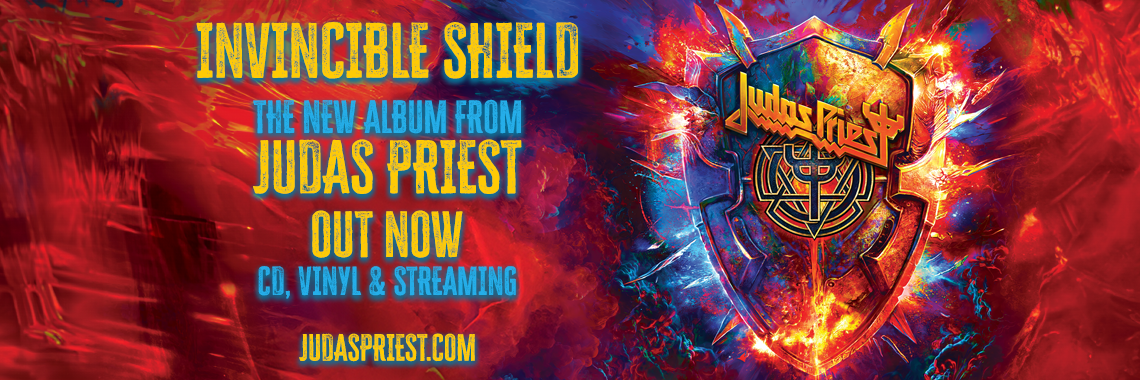
DB HOF NO. 36
The making of Opeth’s “Orchid”
released: May 1995
label: Candlelight
—————————————————–
Opeth’s Orchid existed among tape traders for almost a full year, either as a partial or full album with the songs cut in random places, before Candlelight unfurled it upon an unsuspecting public in May 1995. The tapes—typically Maxell XLII 90s in most respectable circles—with “Opeth” scrawled in pen on both sides, were for all intents and purposes a mystery. Before the Internet, every road went uphill, so finding anything (who they were, where they were from, etc.) on “Opeth” wasn’t as simple as Googling the name. So, why trouble through endless fliers, sift fact from rumor with likeminded metalheads at shows or blindly send cold hard cash in the mail to some far-flung country for a zine, demo or god knows what else? Quite honestly, it was the music. After ordering (yes, with cash) a copy of Dutch zine Mortician from an old flyer advertising coverage of the enigmatic outfit, “Opeth” became Opeth—they were Swedish, friends of Katatonia and were being courted by Candlelight. Opeth were like nothing I, or anyone else for that matter, had ever heard before. Sure, death metal, after its formative stages, wasn’t averse to experimentation or the influence of other genres (like jazz, for example), but it never sounded as powerful, fearless or skilled as on Orchid.
In reality, Orchid wasn’t death metal, for it was conceptually, structurally or sonically analogous to no other. Rather, it was something more. With five songs traveling near and past the 10-minute mark, a piano piece (not an intro!), an acoustic guitar/tabla raga and an album cover with a pink flower—an orchid, obviously—Opeth’s debut was, to quote frontman Mikael Åkerfeldt in 1993, a masterful hybrid of “Wishbone Ash, Black Sabbath and Bathory.” To put it another way, Opeth weren’t too far from, say, Morbid Angel adapting “Moonchild” or an early At the Gates diminishing their wayward aggression to cover “I See You.” Songs like opener “In Mist She Was Standing,” “The Twilight Is My Robe” and the anthemic closer “The Apostle in Triumph” destroyed the verse-chorus-verse construct, un-mapping death metal into a genre of tangents and limitless possibilities, whereas “Under the Weeping Moon” and “Forest of October” were unheard-of great. “Under the Weeping Moon”’s sprawling, psyche-satanic midsection is the blackest metal this side of Under a Funeral Moon and “Forest of October”’s incessant fireworks (check out 5:46-6:27) and riffing (everywhere) are countless reasons why the album is above and beyond awesome. Produced by Opeth and engineered by the ever-gifted Dan Swanö at Unisound in March 1994, Orchid also sounded different from albums produced there months before and after. It was inviting, abrasive and full of subtlety. Despite Symbolic, Slaughter of the Soul, Domination, The Gallery and Storm of the Light’s Bane blowing minds in 1995, it was Opeth’s Orchid that changed death metal forever. But in nobody—not even Opeth themselves—knew that. Good thing hindsight is 20/20.
Need more classic Opeth? To read the entire seven-page story, featuring interviews with the members who performed on Orchid, purchase the print issue from our store, or digitally via our app for iPhone/iPad or Android.




